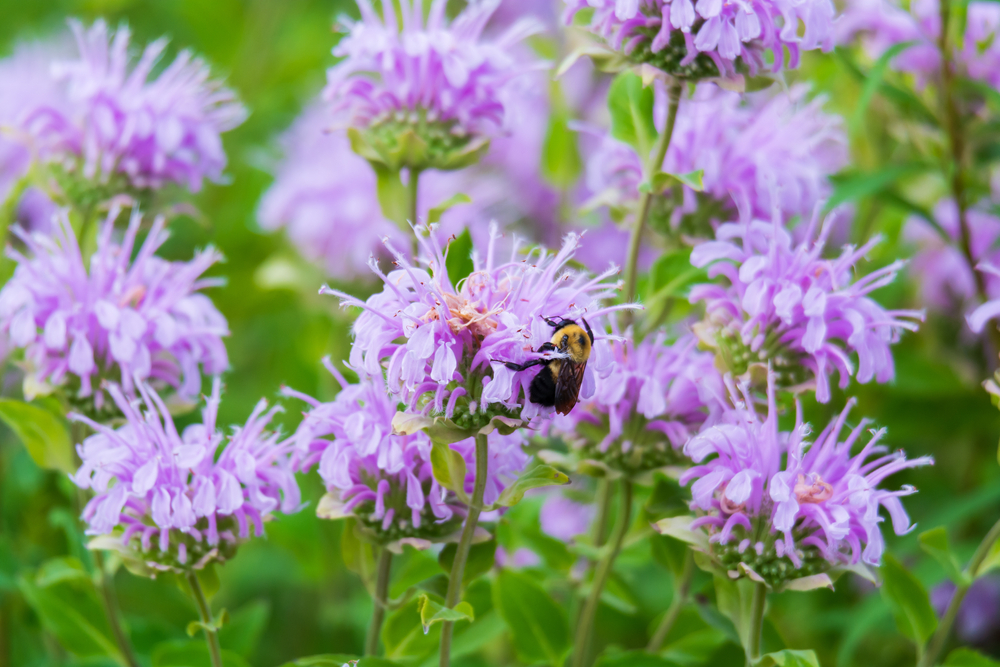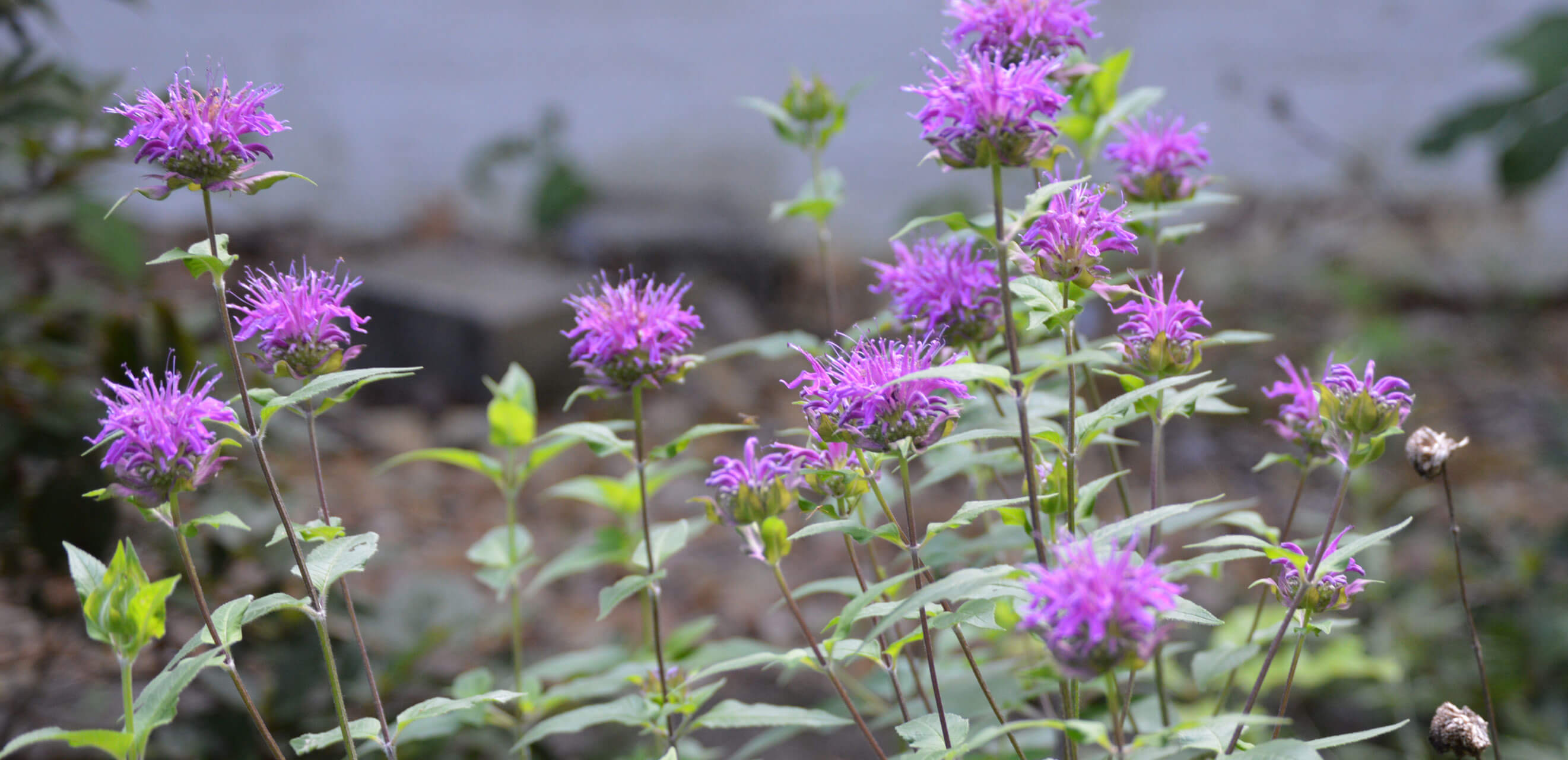
Play Value: Wildlife Food Source Particularly Resistant To (Insects/Diseases/Other Problems): This plant is resistant to damage by deer and rabbits. This is a host plant for the Gray Marvel Moth, Anterastria teratophora, and the Snout Moth, Pyrausta generosa, P.

Members of the genus Monarda support the following specialized bees: Dufourea monardae, Perdita (Perdita) gerhardi, and Protandrena abdominalis. Ruby-throated hummingbirds and butterflies nectar from the blooms. Attributes: Genus: Monarda Species: punctata Family: Lamiaceae Uses (Ethnobotany): Leaves can be used in teas Life Cycle: Perennial Recommended Propagation Strategy: Root Cutting Seed Country Or Region Of Origin: Eastern USA Distribution: AL, AR, CA, CT, DC, DE, FL, GA, IA, IL, IN, KS, KY, LA, MA, MD, MI, MN, MO, MS, NC, NJ, NM, NY, OH, OK, PA, SC, TN, TX, VA, VT, WIĬanada: ON Fire Risk Rating: medium flammability Wildlife Value: Attracts bees, butterflies, moths, and hummingbirds.Tags: #fragrant #hummingbird friendly #fragrant flowers #fall flowers #purple flowers #pink flowers #moth caterpillar host #yellow flowers #fragrant leaves #native perennials #nectar plant #rabbit resistant #specialized bees #highly beneficial coastal plants #fire medium flammability #NC native #summer flowers #herb garden culinary #deer resistant #border planting #cutting garden #pollinator plant #native wildflower #flowers late spring #larval host plant #NC Native Pollinator Plant #food source nectar #food source pollen #Piednmont Mountains UPL #bird friendly #butterfly friendly #nectar plant late summer #Coastal FACU #nectar plant early fall #bee friendly #Audubon #meadows #container plant #coastal plant #spotted leaves #moth friendly #wildlife friendly See this plant in the following landscape: Cultivars / Varieties: In addition, if the soil is allowed to dry out, the stressed plants become increasingly susceptible to disease.

Insects, Diseases, and Other Plant Problems: Plants are susceptible to powdery mildew and rust, especially in crowded gardens, but it is usually in the late season after flowering. arkansana can be found in dry forests and over rocky areas.įire Risk: This plant has a medium flammability rating. Spreads by runners to form large clumps, but is not considered to be too aggressive.

Makes excellent cut flowers. Remove spent flowers to improve plant appearance and possibly to prolong bloom. It is a clump-forming, mint family member that features branching or simple, square stems which rise typically to 1'-2' tall sometimes 3'-4'.ĭrought tolerant member of the Lamiaceae (mint-square stems) family.
#Bee balm plant looks like mildew full
and typically occurs in full sun areas with dry soil in prairies, sandy areas, rocky woodlands, and coastal plains. Monarda punctata, commonly called spotted beebalm, is a native herbaceous perennial to the eastern U.S. Phonetic Spelling mo-NAR-da punk-TAH-tah Description


 0 kommentar(er)
0 kommentar(er)
